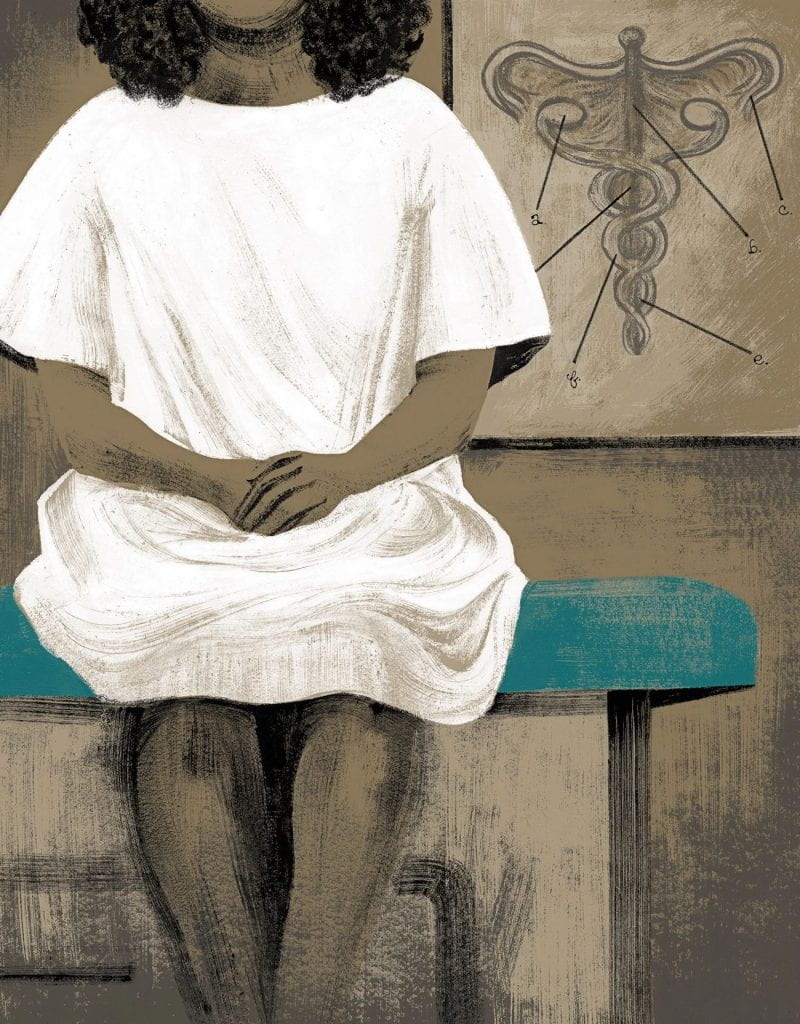
On March 30, 2020, Eyal Press published an article on the New Yorker about the rise of cervical cancer in Alabama. This article highlights the importance of prevention of cervical cancer through vaccination and early screening. Press follows two women in Alabama at various ages of when they noticed symptoms, received their diagnoses, learned about the programs offered for women of low socio-economic status, and received treatment. The article starts with Tonya Carter, a women 48-year old living in Anniston, AL. Carter was diagnosed with Stage IV B cervical cancer due to a delay in medical attention and treatment related to limited resources. Next, Eyal Press met 38-year old Laquisha Brant whose cervical cancer diagnosis in 2019 dramatically changed her life. The article highlights the difficulties women in rural and low-income areas have accessing medical education, attention, and treatment, often in conjunction with the limitations of health insurance and disease prevention. Both women in the article had not been going to their primary doctors and gynecologists regularly for a variety of reasons, but mainly due to lack of health insurance. Based on over 30 years of data, women typically between the ages of 45 – 49 years have had the highest rate of being diagnosed with cervical cancer.
Cervical cancer is a preventable disease. Frequent screening of cervical cancer is one way to prevent this disease.
To read the full article: A Preventable Cancer Is on the Rise in Alabama

